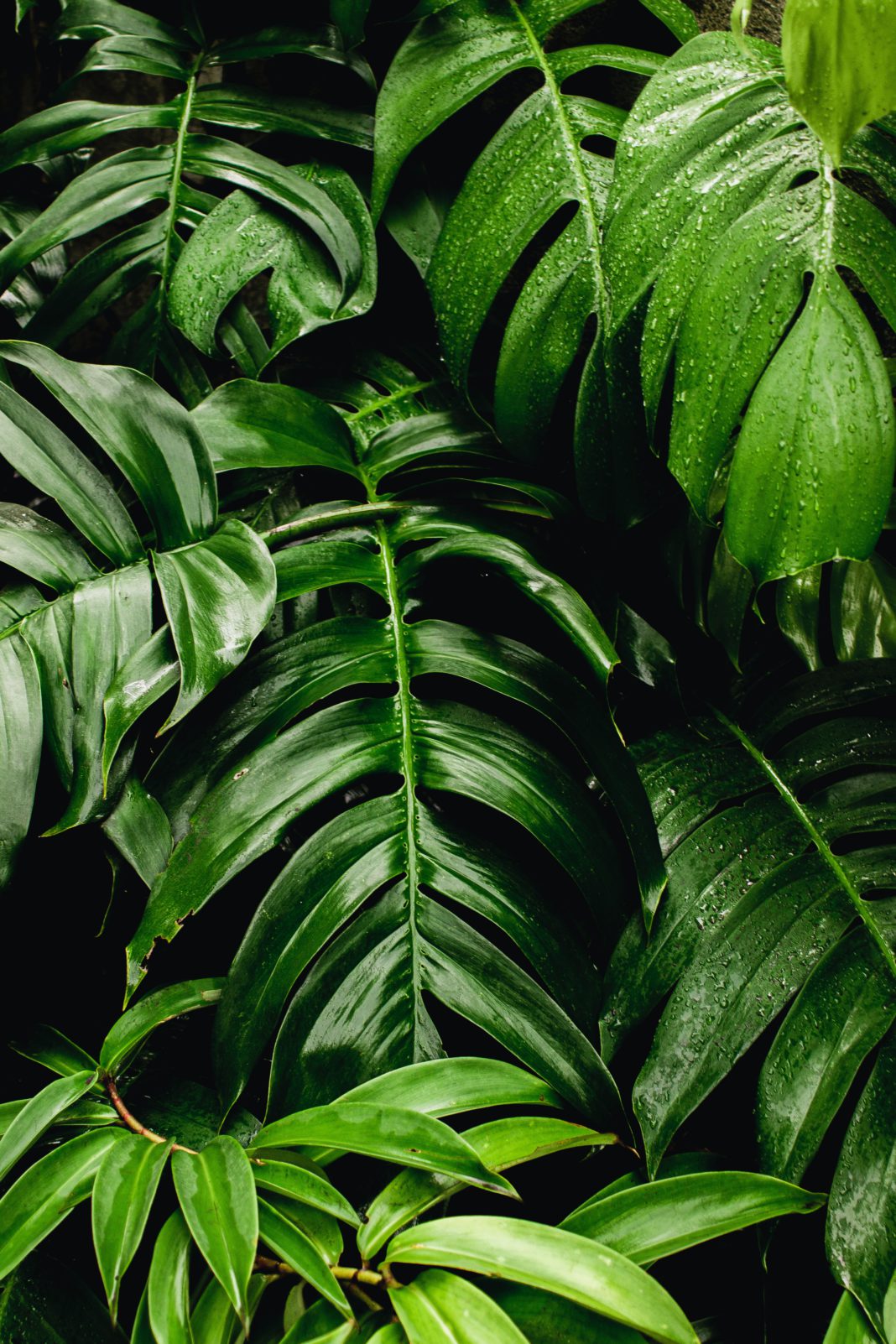Mention Monsoons, and the thought of sipping a hot cup of tea and munching on some crispy delicacies while sitting on the balcony instantly follows. The season brings along simple pleasures of life, be it the distinct aroma of wet mud or the pitter-patter of rain on the window panes! But while you relish such pleasures on your balcony, surrounding yourselves with plants is always a great idea to make the most out of this pleasant weather.
Your plants love the rains as much as you do. Yes, this is the time when these lovelies are super happy as the low temperature, and moisture during the monsoons allow them to grow really fast. But as much as they love rain, exposing them to excess rainfall can damage your plants. So, taking good care of your green companions will require you to keep an eye on them to get only as much as they require. Also, with the sky mostly overcast during this season, you need to ensure that your plants get sufficient sunlight.
So, if you are ready to equip your green companions and watch them grow throughout the monsoons, here is a dropdown of our tips to take care of your plants this season!
- Be Mindful about the Pots!
During the rainy season, it becomes obvious that your plants will receive more water than it requires. You need to check if the pots are draining properly and ensure that the excess water drains out from the Pot. So, you may check the drainage holes regularly and ensure they are not blocked. Also, to assure that your plants receive the required amount, you may always check the soil before watering them. Check if the soil feels dry and add a little water as and when it feels dry.
- Pay attention to the Top Soil.
Mixing the top soil from time to time will allow the water to seep in easily. It will loosen the soil at the top, making it porous and easy for water absorption. If water clogs at the top, moss or algae begin to grow on the pot. So, turning the soil upside down at regular intervals will prevent this and promote healthy growth of your plants. While doing this, it is also necessary to keep de-weed your plants regularly. Monsoons bring in prolific growth of weeds, and hence constant de-weeding becomes a crucial activity this season!
- Keep a check on worms.
In this season, plants tend to attract a lot of insects and worms. You may need to keep a check on the soil for infections every week! At times, you may need to remove them manually using certain tools, or you could even use your hands! Fungus is also quite common during monsoons, and you must ensure that your plants avoid such fungus attacks. For this, you may use fungicides available in the market or opt for an organic alternative. Neel oil is one of the most common organic alternatives for store-bought ones! You may use this oil once every ten to fifteen days by spraying it on the leaves.
- Make sure to use Fertilizers.
Fertilizers are as important as other aspects involved in the process of growing healthy plants! The heavy rain
s during the monsoons might reduce the nutrients for your plants. So, in this time, it becomes crucial to provide all the good nutrients to your green babies with organic fertilizers. You might avoid using liquid fertilizers as they wash out quicker than others.
- Trimming and Pruning!
The showers during this season are likely to boost the growth of your plants. So, enabling the growth of plants in the right directions is one of the crucial steps you cannot skip! Make sure you trim, prune and remove all of the dead leaves and branches before the first showers. Doing this will ensure that your plants grow in the desired direction.
- Sunlight is the key!
During monsoons, we know it might be a little difficult to feed your plants with this source regularly. But sunlight is one of the essential elements that plants rely on to produce all the good nutrients they need. So, shifting the pots every now and placing them on sunnier spots or even outside when the sun is out might help.
Here are some extra tips from experts:
# Try replanting existing plants and growing some new ones – monsoon is the best time for such activities.
# Rains during this season might bring along strong winds – make sure to give some extra support to your plants.
# You may cover up your plants to save them from heavy rains, thunderstorms or hailstorms.
# You may avoid watering them at noon!
Monsoons do bring an ample amount of work for gardeners – but it’s all worth it. Also, getting your hands dirty at times is all the more fun! So what are you waiting for? Plant some new seeds, re-pot a few and watch them all grow.
Happy Gardening!







